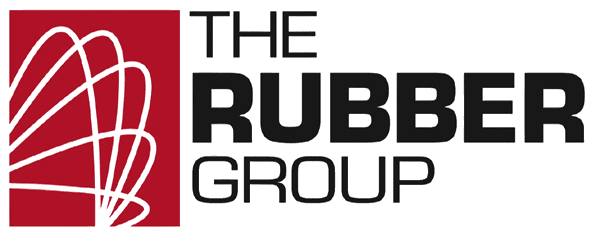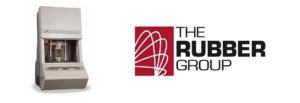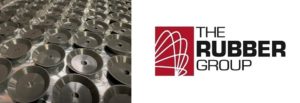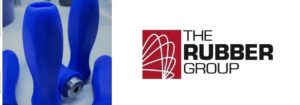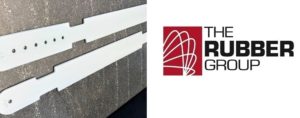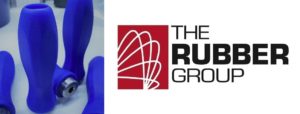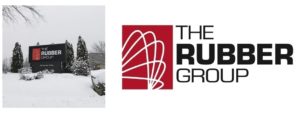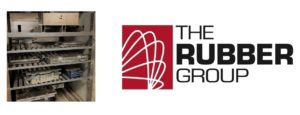Rob Pruyn
Medical transfer molding provides tight control of part tolerances and can fill hundreds of mold cavities from a single pre-formed material. For both short runs and high volumes, this flexible manufacturing method supports complex shapes, thin-walled parts, and consistent dimensions.
Read MoreMedical transfer molding provides tight control of part tolerances and can fill hundreds of mold cavities from a single pre-formed material. For both short runs and high volumes, this flexible manufacturing method supports complex shapes, thin-walled parts, and consistent dimensions.
Read MoreMedical transfer molding provides tight control of part tolerances and can fill hundreds of mold cavities from a single pre-formed material. For both short runs and high volumes, this flexible manufacturing method supports complex shapes, thin-walled parts, and consistent dimensions.
Read MoreMedical compression molding can produce cost-effective rubber gaskets and rubber products for medical devices and equipment. It’s a good choice for very hard or difficult-to-flow materials because this molding method doesn’t need to push the rubber through sprues, gates, or runners.
Read MoreMedical molding for rubber gaskets and rubber products offers medical device designers a choice of molding methods: injection, transfer, or compression molding.
Read MoreClosed cell neoprene sponge rubber for passenger rail cars meets smoke and flame requirements. Use for seals, gaskets, thermal insulation and vibration isolation.
Read MoreWasteless rubber molding usually isn’t waste-free. However, it can significantly reduce the amount of material that’s lost to runners and transfer pads.
Read MoreFlashless molding uses precision tooling to mold rubber parts with only small amounts of flash. The tooling is more expensive, but flashless molds reduce costs over time by eliminating secondary operations.
Read MoreThe Rubber Group recently completed a value stream mapping project that will reduce waste, remove production bottlenecks, and improve the overall effectiveness of our processes.
Read MoreMedical rubber molding and process validation for critical parts includes protocol development, SPC and process capability, IQ/OQ/PP, and proof of regulatory compliance.
Read More